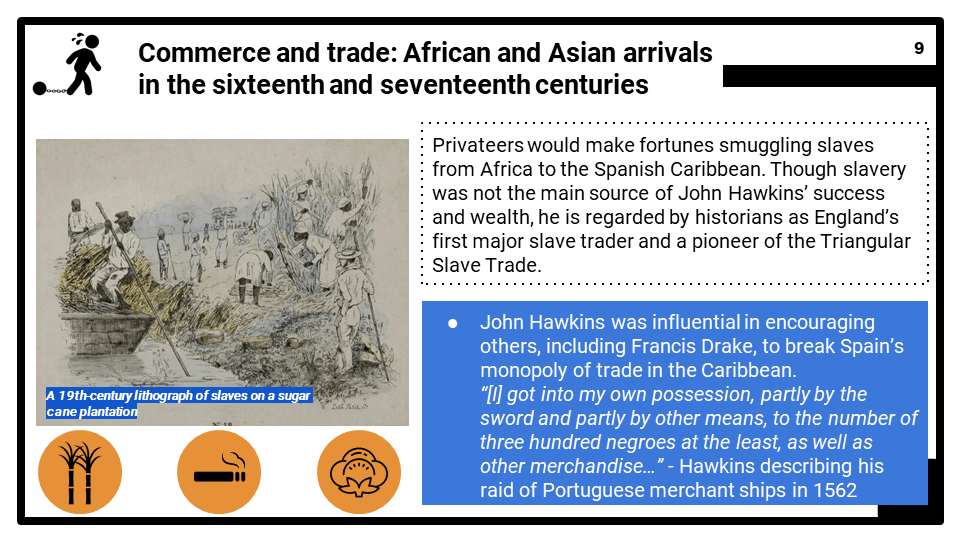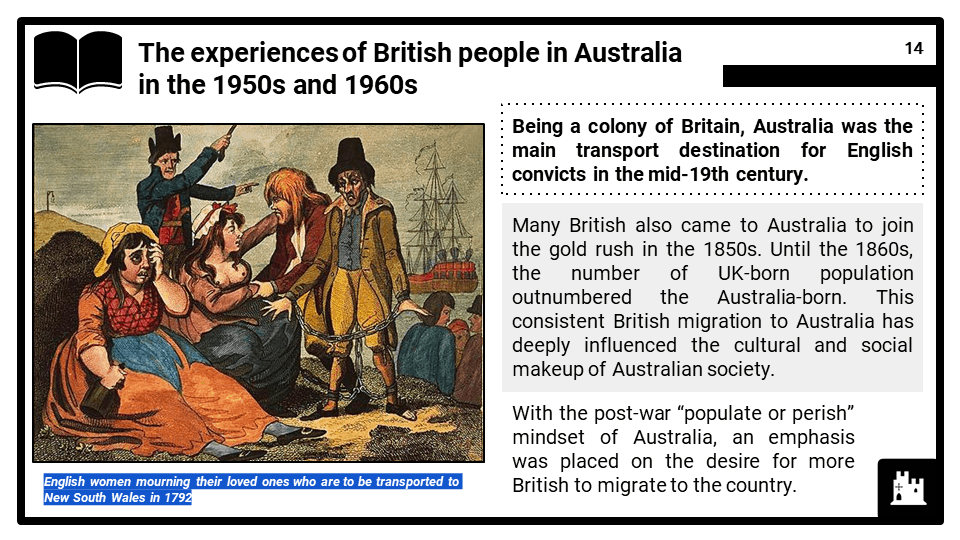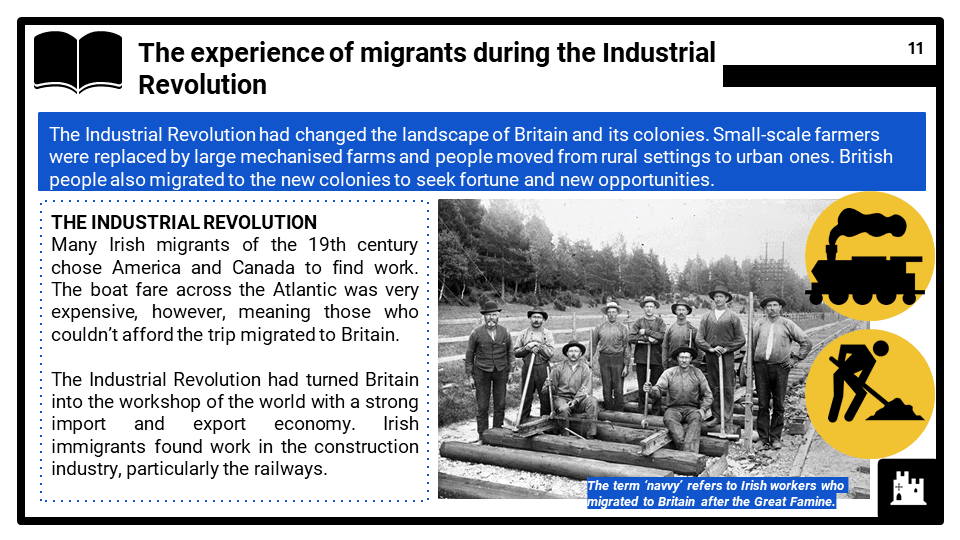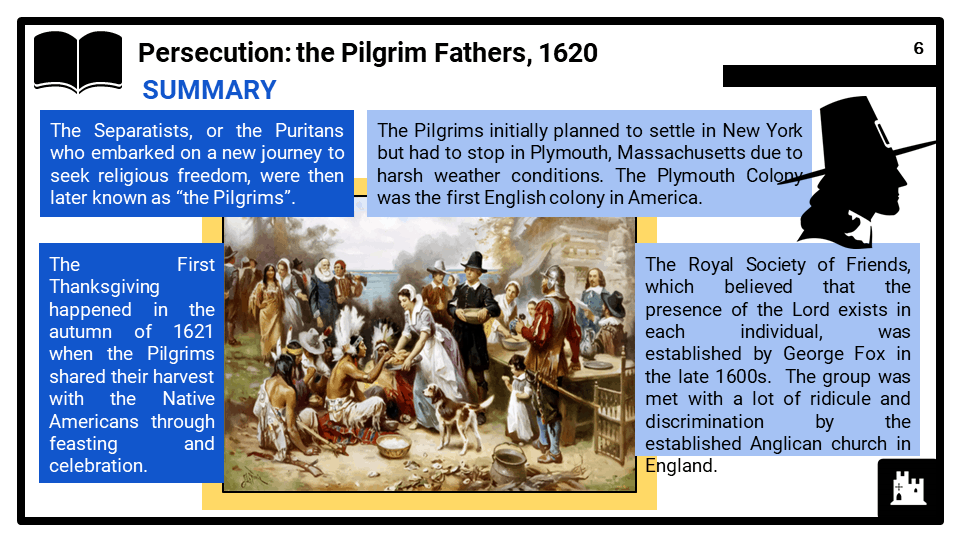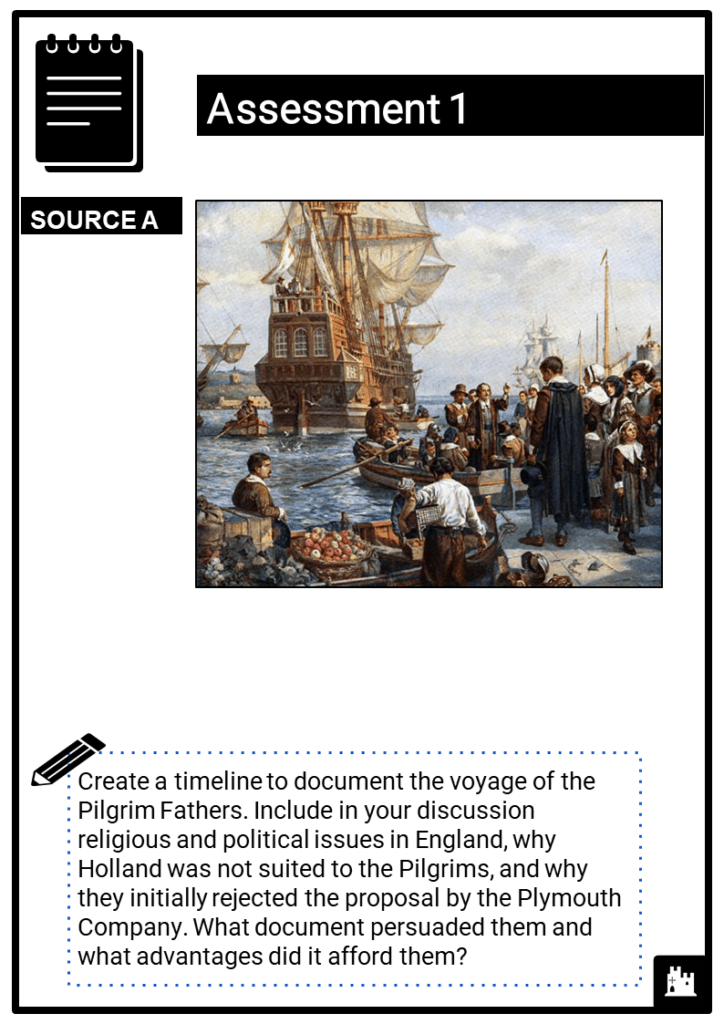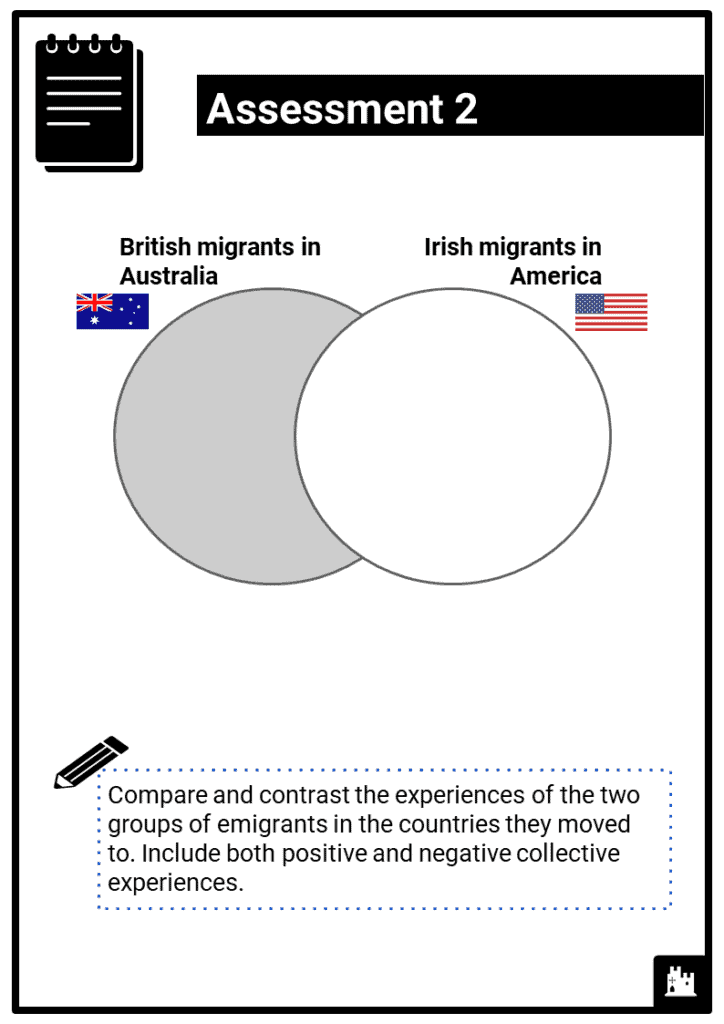Teach any WJEC module : Changes in Patterns of Migration, c.1500 to the present day, no prep needed!
Do you want to save dozens of hours in time? Get your evenings and weekends back? Be fully prepared to teach any WJEC GCSE topic?
Every WJEC topic is covered, and each module comes complete with:
Thematic Studies from a broad historical perspective
Written examination: 1 hour 15 minutes 30% of qualification 60 marks (plus 4 marks for spelling, punctuation and grammar and the use of specialist language)
Learners study one Thematic Study from four options in total. The thematic studies provide learners with the opportunity to study history in breadth and consequently understand the changing nature of developments and issues associated with particular periods within the context of British history. In this unit, the impact of change on Wales should be highlighted within the broader historical context. The thematic studies will also allow learners to understand change and continuity and similarity and difference across long sweeps of history, as well as the most significant characteristics of different ages. The thematic studies will focus study on different historical eras and different geographical contexts if appropriate. This unit encourages learners to develop an understanding of historical concepts in particular, including continuity, change, cause, consequence, significance and similarity and difference. Examination questions in this unit will require candidates to make reference to the impact of changes on Wales or a Welsh perspective and therefore examples of these must be studied.
Unit 3: Thematic studies from a broad historical perspective
Module: 3D Changes in the patterns of migration, c.1500 to the present day
This option focuses thematically on the main trends in the patterns of migration into and out of Britain from c.1500 to the present day. Foreign content is included only where it is fundamental in its influence. Candidates will be required to consider developments in patterns of both immigration and emigration over time. Candidates will be required to examine the major political, social, economic and cultural perspectives which have contributed to patterns of migration from c.1500 to the present day. In this option, centres should ensure that they focus, where appropriate on the issues of change, continuity, significance and turning points. In this option, the impact of patterns of migration on Wales should be highlighted within the wider context. As part of this option candidates will investigate a historic site connected with this theme. The required content below shows which key features and characteristics of the period must be studied.
Key Questions and Required Content
- Reasons for immigration: What have been the main reasons for immigration into Britain over time?
- Commerce and trade: African and Asian arrivals in the sixteenth and seventeenth centuries; employment: internal migration from rural to industrial areas in the late nineteenth century; the legacy of empire: immigrants from the Commonwealth after World War II; European integration: EU migrants in the twenty-first century.
- The experiences of immigrants: What were the experiences of and responses to the various groups of immigrants?
- The experience of migrants during the industrial revolution; the experience of Commonwealth migrants in the 1950s and 1960s; race relations legislation in the 1970s; the issues raised by EU sanctioned immigration in the twenty-first century.
- The impact of immigration on Britain: What sort of impact have immigrants made on British society?
- The social and economic impact of immigrants during the industrial revolution of the nineteenth century; the impact of Commonwealth migrants on British society: business, sport, food and music; the impact of EU immigration on political and economic life in areas of Britain in the twenty-first century.
- Reasons for emigration: What have been the main reasons for emigration from Britain over time?
- Persecution: the Pilgrim Fathers, 1620; the search for political and religious freedom: William Penn and the Quakers, the 1680s; poverty: the Irish in the mid-nineteenth century; cultural influences: the voyage of the Mimosa to Patagonia in 1865; economic: Welsh emigration to England in the 1930s
- The experiences of emigrants: What were the experiences of and responses to the various groups of emigrants?
- The experiences of the early Puritan settlers in the American colonies; the settlement of the Irish in North America in the nineteenth century; the efforts to establish a Welsh colony in Patagonia; the experiences of British people in Australia in the 1950s and 1960s; reaction of the host populations to emigrants.
- The impact of emigration: What impact have emigrants made on their destination?
- The influence of the Puritans on the establishment of the United States in the 1770s; the impact of the Catholic Irish community in North America; the survival of Welsh language culture in Patagonia; the impact of emigrants and their descendants on politics, economics, music and sport.
- A study of a historic site connected with migration
- The study of the historic environment is an integrated part of the required content for this thematic study outlined above.
- The key features of the historic site on a local, regional or national level
- The relevance of the historic site to the development of patterns of migration
- How the historic site contributes to a broader understanding of changes in the history of migration
- Reasons for migration from Wales to the site
- Problems associated with settlement at the site
- The establishment and significance of Welsh communities at the site

